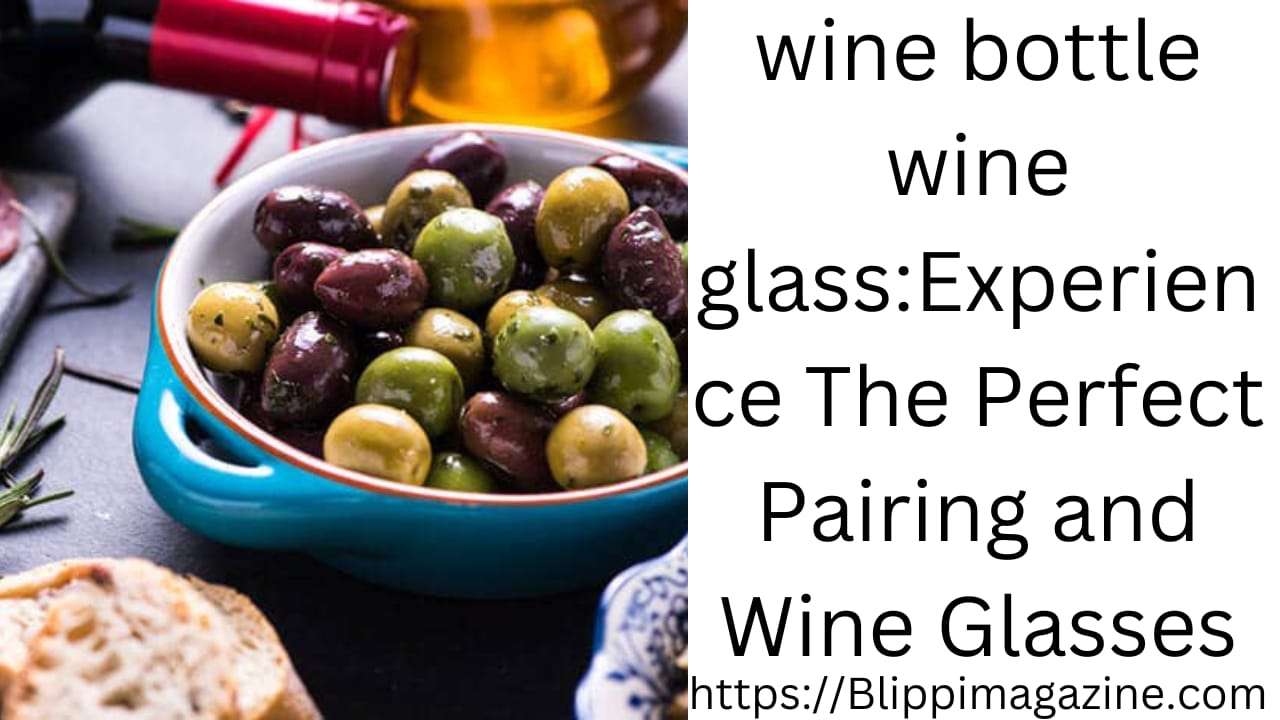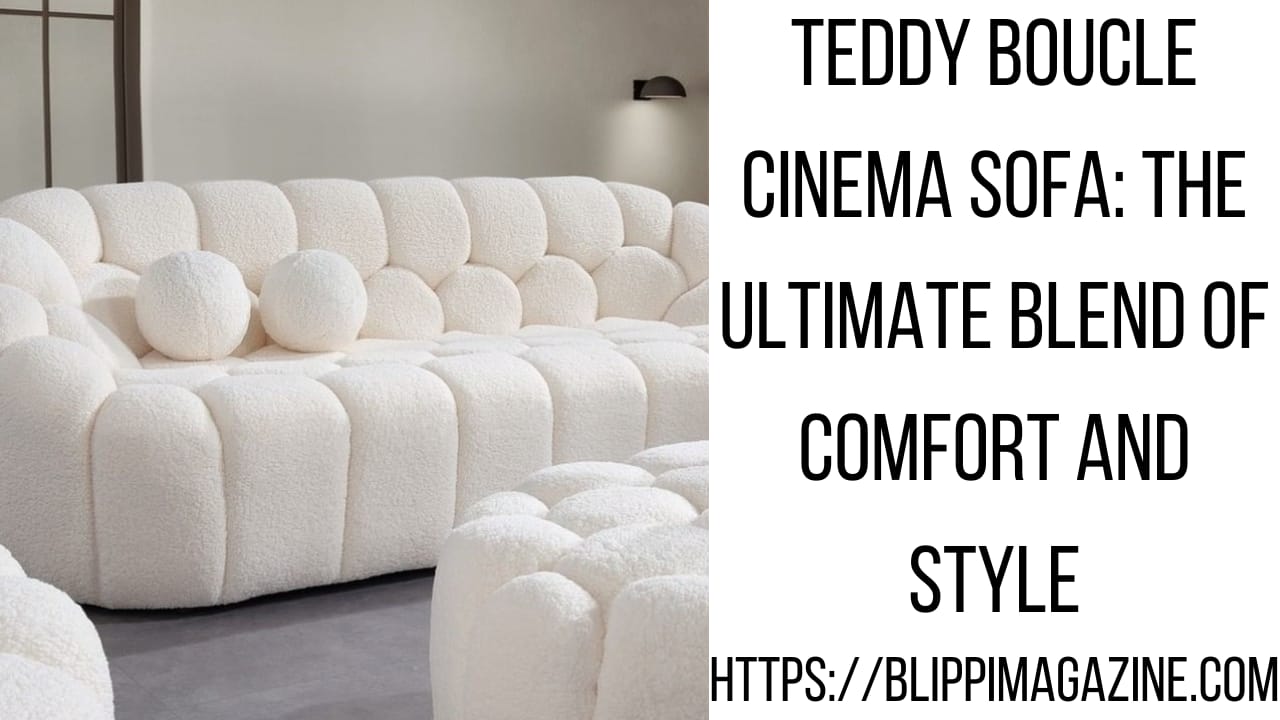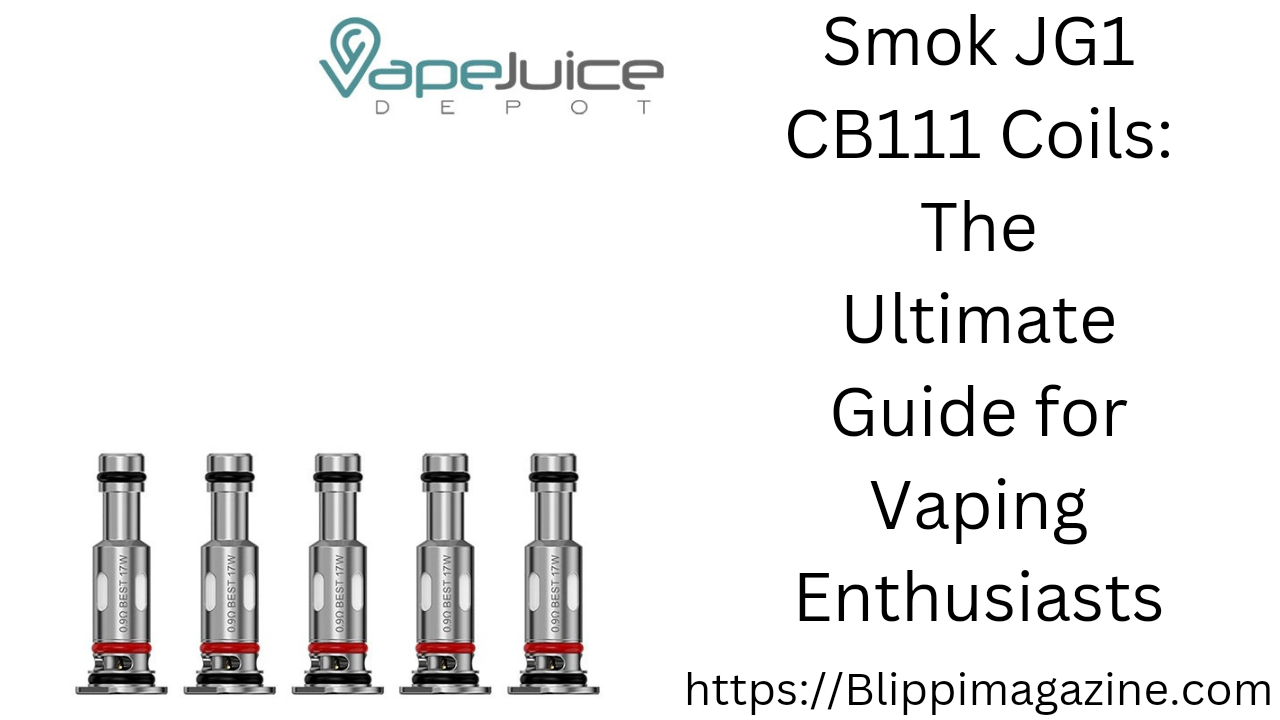introduction
wine bottle wine glass Wine is more than just a drink—it s an experience Whether you re celebrating a milestone sharing a meal with loved ones or simply unwinding after a long day the wine bottle and wine glass play a central role in elevating the occasion But have you ever thought about how these two seemingly simple objects can make or break your wine experience Let s explore the fascinating world of wine bottles and wine glasses and why the perfect pairing matters
The Anatomy of a Wine Bottle
1. Shapes and Sizes
Wine bottles come in various shapes and sizes and each has a purpose
- Bordeaux Bottle Straight sides with a distinct shoulder ideal for red wines like Cabernet Sauvignon or Merlot
- Burgundy Bottle A sloping shoulder and slightly wider body often used for Pinot Noir and Chardonnay
- Champagne Bottle Thicker glass and a deep punt (indentation) at the bottom to handle the pressure of sparkling wines
2. Material and Design
Most wine bottles are made of glass chosen for its ability to preserve flavor and protect the wine from light Darker green or brown bottles are common for red wines as they offer better UV protection while clear bottles are often used for white and rosé wines to showcase their color
3. Corks vs Screw Caps
The closure of a wine bottle also matters Corks are traditional and allow wine to age gracefully while screw caps are convenient and prevent cork taint Both have their place in the wine world
Why the Right Wine Glass Matters
1. Shape and Purpose
The shape of your wine glass isn t just for aesthetics—it s designed to enhance the wine s aroma flavor and overall experience
- Red Wine Glass: A larger bowl allows for better aeration, enhan ing the complex flavors of reds
- White Wine Glass: A narrower bowl keeps the wine cooler and focuses its delicate aromas
- Sparkling Wine Glass: The tall slender flute preserves carbonation while the tulip-shaped glass enhances both bubbles and aroma
2. Glass Material
Crystal glasses are preferred for their clarity and thin rims which make sipping more enjoyable However modern glassware made from durable materials can also provide an excellent experience
Pairing Wine Bottles with the Perfect Glass
1. Red Wines
For full-bodied reds like Cabernet Sauvignon or Syrah opt for a large glass with a wide bowl to let the wine breathe Lighter reds like Pinot Noir benefit from a slightly smaller bowl to concentrate their delicate aromas
2. White Wines
Chilled whites like Sauvignon Blanc or Riesling are best enjoyed in glasses with a smaller bowl to maintain their crispness Oaked whites like Chardonnay pair well with glasses that have a slightly wider rim to emphasize their complexity
3. Sparkling Wines
For sparkling wines and Champagne a flute glass is the go-to choice for showcasing the bubbles However for a more aromatic experience consider a tulip-shaped glass
How to Serve Wine Like a Pro
1. Temperature Matters
- Red wines are best served slightly below room temperature (around 60–65°F)
- White wines and rosés should be chilled (45–55°F)
- Sparkling wines are served at an even colder temperature (40–45°F)
2. Decanting
For bold reds decanting helps to aerate the wine and separate sediment enhancing its flavor
3. The Proper Pour
Fill the glass to about one-third full to allow room for swirling which releases the wine s aromas
Elevate Your Wine Experience
The synergy between a wine bottle and wine glass is what transforms drinking into an art form The right combination enhances the wine s flavors aromas and overall enjoyment Whether you re indulging in a rich Bordeaux or a sparkling Prosecco choosing the right glass for the wine in your bottle elevates every sip
Conclusion
Wine is as much about presentation as it is about taste By understanding the nuances of wine bottles and wine glasses you can take your wine-drinking experience to a whole new level From selecting the perfect bottle to pairing it with the ideal glass every detail matters So the next time you pour a glass remember it s not just wine—it s a story waiting to be savored
FAQs
1. Can I use the same glass for red and white wine
Yes but using specialized glasses enhances the experience for each type of wine
2. Why are some wine bottles thicker than others
Thicker bottles like. Those for Champagne. Are. Besigned. To withstand pressure from carbonation
3. Does the shape of the glass affect taste
Absolutely! The shape influences how wine. Hits your palate and how aromas are. Concentrated
4. How do I clean wine glasses properly
Handwashing with warm water and a gentle detergent is best to avoid scratches
5. Are screw caps bad for wine
Not at all! Screw caps are a modern reliable closure that preserves wine just as well as corks
Please don t forget to leave a review
Explore more by joining me on



